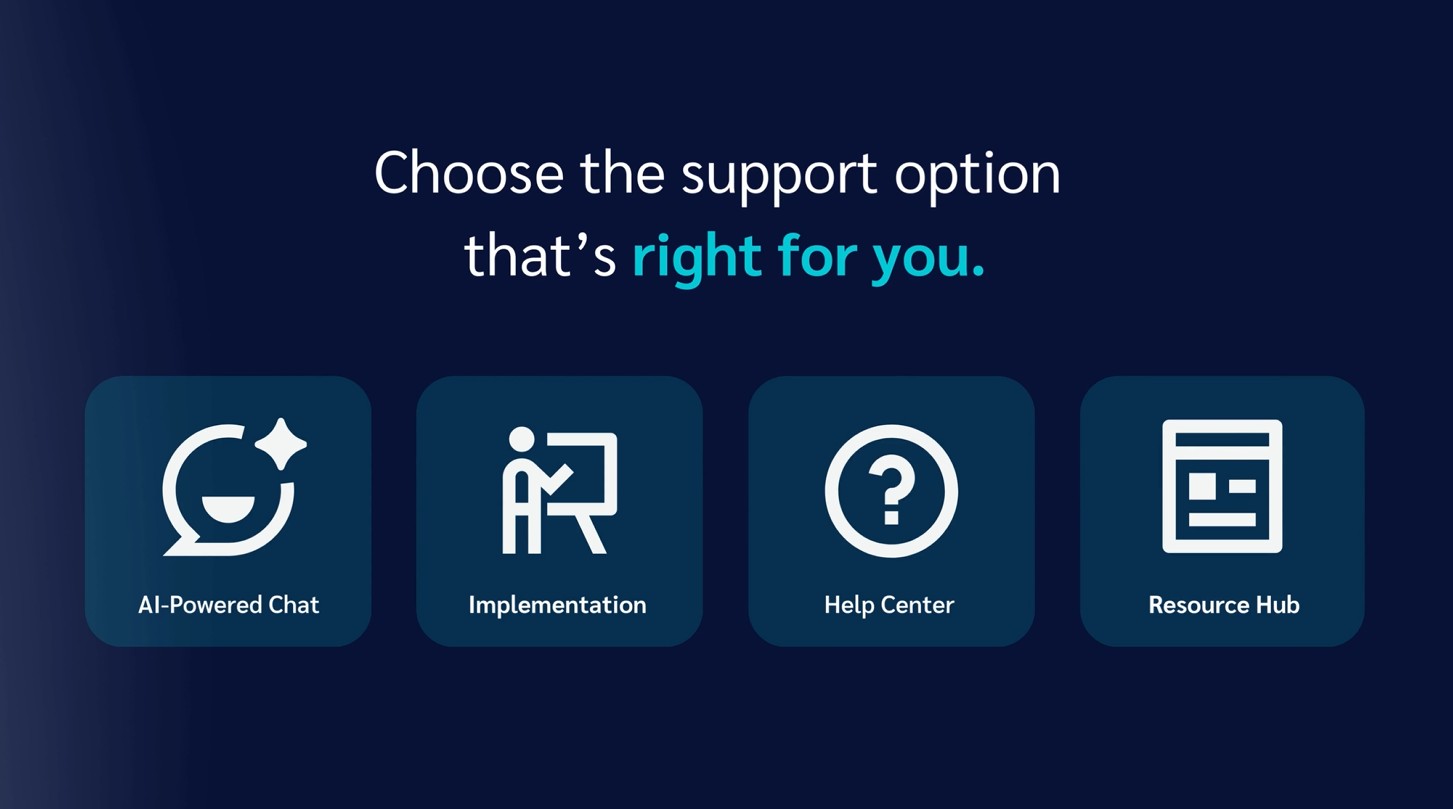Cold calling is one of the oldest forms of marketing, but it isn’t easy. First, you have to get a hold of a prospect, navigating answering machines and unanswered calls. Then, if you do manage to reach a prospect, you have a short period of time to build rapport and turn a cold lead into a warm one.
While this isn’t easy, there’s a reason why cold calling is still used by so many companies: it can be highly effective when done well.
What is Cold Calling?
Cold calling is when you solicit a potential customer who hasn’t previously interacted with your company or sales team. Warm calling, on the other hand, is when you contact someone who has expressed interest in your company, products or services (such as through a contact form).
So what separates an effective cold call from an ineffective one? Here are 10 call center customer service tips that can make cold calling more productive before, during and after a cold call—and help agents close deals faster.
10 Cold Call Tips and Strategies
1. Identify the right person to call.
You’ll want to make sure you reach the right person (or gatekeeper) from the get-go. In smaller companies, the decision-maker is often the founder or CEO. For larger companies, you may need to research annual reports, news articles and social media to identify key decision-makers. Along with identifying the right person to call, identify the right time to call so they’re more likely to pick up.
2. Do your research.
Along with researching who to call, research the company, industry and competitive landscape. You don’t want to call with a product pitch; you want to call with a solution to a business problem. If you understand their industry, you’ll have a better understanding of their challenges. And if you understand the competitive landscape, you’ll be better prepared to pitch your products as a better alternative.
3. Create a cold call script.
Put that research to work by creating a cold call script, which can help you remember key messaging during a call. For example, you might be able to highlight how similar customers you’ve worked with have improved productivity or increased sales. But a script can also provide guidance if the prospect seems reluctant or disinterested, and to help with common objections such as “I’m already using a similar product.”
4. Automate with predictive dialers.
From answering machines to disconnected calls, the most frustrating part of the job is simply trying to reach a live human being. Automation can make this process much more efficient by screening out busy lines and answering machines, so only answered calls are passed along to an available agent.
A predictive dialer uses algorithms to predict agent availability, automates the dialing process and seamlessly connects calls to agents. This minimizes idle time and dramatically increases agent efficiency and contact rates. It can also help to accommodate fluctuating call volumes.
5. Integrate leads in a CRM system.
By integrating prospecting tools into a customer relationship management (CRM) system, you can easily access the research you’ve gathered on prospects, track interactions, plan follow-ups and even tailor prospecting strategies to specific clients or industries. It can also help to streamline task management and minimize the potential for errors or duplication.
6. Make a good first impression.
Your research, a strong script and an integrated CRM system can help you deliver a strong opening that will keep a prospect on the phone. Be clear about who you are and why you’re calling, and be ready to make a convincing argument about the value your product or service will bring to the table. But this first point of contact shouldn’t be a hard sell; it’s more about building rapport to turn a cold lead into a warm one.
7. Tone is important.
Instead of asking questions with ‘yes’ or ‘no’ answers, ask open-ended questions to get your prospect talking. By actively listening and asking follow-up questions, you can glean valuable information that you may not otherwise find in your research.
What you say is important, but so is your tone. While you want to be prepared before you call, you also want to sound personable—not like you’re reading from a script. Your cold call script should serve as a reference that guides you when the conversation turns in one of several directions. Sounding natural, personable and confident can influence a prospect to take the next step, such as scheduling a follow-up call.
8. Use open-ended questions.
Remember, your first point of contact with a prospect isn’t necessarily to sell a product or service, but to start building a relationship. Depending on what you’re selling, you could offer a trial period or ‘try before you buy’ offer.
9. After the call, determine next steps.
If the call went well, schedule a follow-up (if the prospect has agreed to it) and create a strategy to keep in touch. For example, you might have agreed to provide something of value to the prospect, such as a whitepaper, demo video or sample product.
If the call didn’t go as planned, analyze the transcript to see where things went downhill. Accept that some calls will go badly, but you can learn from those calls and keep improving over time.
10. Keep calm and carry on.
Making cold calls can be challenging, but the more you do it, the easier it will get. Learn from your mistakes (and your wins!) and use technology to boost your productivity.
How Readymode™ Can Make Calls More Effective
The right tools can make cold calling easier and more effective. For example, Readymode™’s call management software includes a built-in CRM so agents can create customized lead profiles and tailored solutions. By organizing leads and streamlining workflows with custom queues, agents can optimize customer outreach opportunities.
For example, custom fields allow agents to store additional data about their leads in the CRM—and they can create as many custom fields as needed. Dynamic scripts allow them to create cold call scripts with dynamically generated lead data for more personalized conversations. And built-in compliance tools ensure they’re compliant with TCPA and calling regulations.
While successful cold callers require the right combination of charisma and persistence, the right technology can help them make the most of opportunities, build rapport with prospects and ultimately close deals faster.
Vawn Himmelsbach
Vawn Himmelsbach is a writer and editor specializing in enterprise IT, writing for national newspapers and technology trade magazines on everything from AI to zero-day threats. She also spent three years working abroad as an Asian correspondent, covering all things tech.







